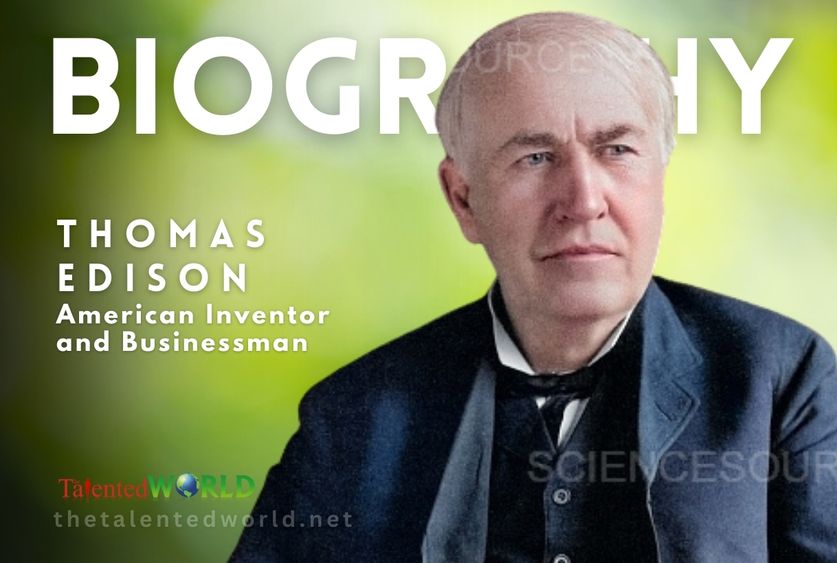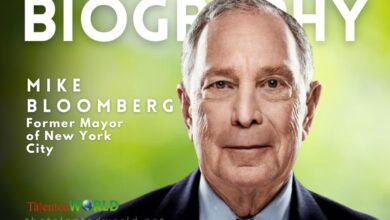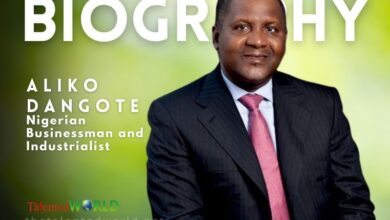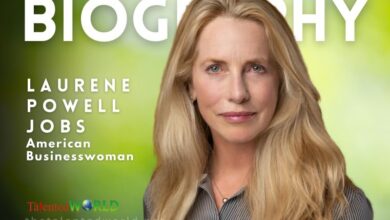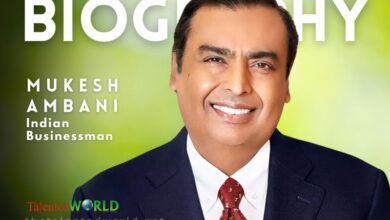| Full Name | Thomas Alva Edison |
| Birth Date | February 11, 1847 |
| Birth Place | Milan, Ohio, U.S. |
| Death Date | October 18, 1931 (aged 84) |
| Death Place | West Orange, New Jersey, U.S. |
| Burial Place | Thomas Edison National Historical Park |
| Education | Self-educated; some coursework at Cooper Union |
| Occupations | Inventor, businessman |
| Years Active | 1877–1930 |
| Known For | Phonograph, motion picture camera, electric light bulb, and many other inventions |
| Spouses | Mary Stilwell (m. 1871; died 1884), Mina Miller (m. 1886) |
| Children | 6 (including Madeleine, Charles, and Theodore) |
| Relatives | Lewis Miller (father-in-law) |
| Awards | Numerous awards and recognitions (see list) |
| Notable Inventions | Phonograph, motion picture camera, electric light bulb |
| Industry Impact | Established the first industrial research laboratory |
| Early Career | Worked as a telegraph operator |
| First Laboratory | Menlo Park, New Jersey |
| Other Laboratories | Botanical laboratory in Fort Myers, Florida; laboratory in West Orange, New Jersey (Black Maria film studio) |
| Patents | 1,093 US patents, plus patents in other countries |
| Major Collaborations | Worked with Henry Ford and Harvey S. Firestone |
| Early Life Locations | Born in Milan, Ohio; grew up in Port Huron, Michigan |
| Parents | Samuel Ogden Edison Jr. and Nancy Matthews Elliott |
| Ancestry | Dutch descent, family originally “Edeson” |
| Hearing Problems | Developed hearing issues at age 12; largely deaf in one ear, barely hearing in the other |
| Learning Style | Self-taught, learned through reading and experimentation |
| Enrollment in Courses | Chemistry course at Cooper Union |
| Death Cause | Complications from diabetes |
